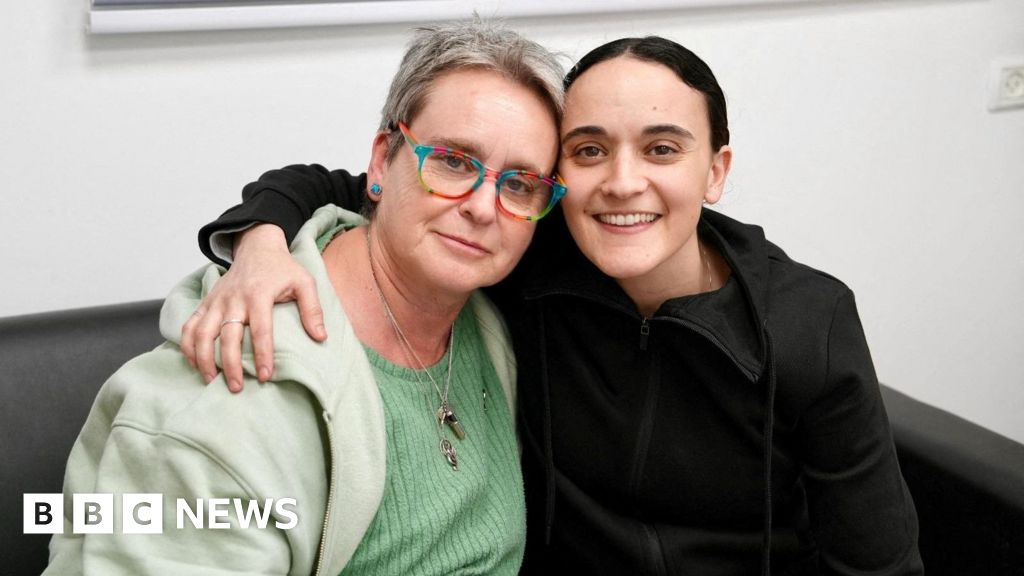
Fact Check Analysis: “Emily Damari: ‘I came back to life’ says freed British-Israeli hostage”
This fact check was submitted to DBUNK by one of our subscribers, who, like many of our users, wanted clarity on the facts surrounding the release of British-Israeli hostage Emily Damari. You too can submit fact check requests for free through our platform, and we’ll investigate and publish the results!
The article, authored by Kathryn Armstrong and published on January 20, 2025, by BBC News (original article link), recounts the release of British-Israeli citizen Emily Damari after 471 days in captivity. While the report provides extensive and emotional coverage of Ms. Damari’s ordeal, this analysis will critically examine the accuracy, context, and completeness of the claims made.

Misinformation or Missing Context?
Upon reviewing the article, there are several instances where critical details regarding the negotiation of Emily Damari’s release and the ceasefire agreement are omitted or contextually unclear. As these terms are critical to understanding the broader implication of the ceasefire and the hostage exchange process, the absence is significant.
Claim: Emily Damari was “freed as part of the long-awaited ceasefire deal between Israel and Hamas.”
This claim is technically accurate but lacks context. According to verified reports from various sources, the ceasefire deal between Israel and Hamas stipulated a one-for-ten ratio exchange: for every one Israeli or foreign national released by Hamas, ten Palestinian prisoners would be freed by Israel. This contextual detail is notably absent from the article, leaving readers with an incomplete understanding of the mechanics of the hostage exchange.
Furthermore, while the article mentions “90 Palestinian prisoners” released in exchange for the three hostages, it fails to elaborate on the demographics of these prisoners, a contentious subject in Israeli and Palestinian discussions. Independent reports indicate that many of the released Palestinians were women and children detained on varying charges. Clarifying this detail would help readers better grasp the dynamics of the deal.

Claim: “Her release — alongside that of Romi Gonen and Doron Steinbrecher — was the first of several due to take place over the next six weeks.”
This statement could be misleading to readers who lack additional context. While the article suggests that hostage releases were planned across a six-week timeline, it omits the mention of several conditions tied to the ceasefire agreement, including that the truce’s continuity depended on the release schedule and the cessation of hostilities. If any violations occurred, the deal could collapse, jeopardizing further exchanges. By not addressing these contingencies, the article simplifies a highly volatile situation.
Questions from Readers: How Was Emily Damari’s Release Negotiated?
Readers of this article may wonder about the behind-the-scenes processes that led to Ms. Damari’s release. Negotiations facilitating her freedom were brokered predominantly through Qatari and Egyptian mediators, reflecting regional powers’ efforts to de-escalate the crisis. Reports indicate that intelligence-sharing among Israel, Egypt, and Qatar played a pivotal role, particularly in ensuring the safety of hostages during their transfer from Hamas custody to neutral intermediaries before release.
Additionally, unverified claims from social media speculate that Hamas’s decision to agree to these terms was influenced partly by the growing international pressure and deteriorating humanitarian conditions within Gaza. However, such claims remain conjectural and require further investigation.

Larger Takeaway: What’s Missing?
While the article captures the emotional gravity of Emily Damari’s release, it largely bypasses the geopolitical framework underlying the hostage-release negotiations. Readers are left without critical context that could help them fully appreciate the precarious balance of humanitarian and political stakes involved. Facts about the demographics of released prisoners, the mediation process, and ceasefire contingencies should have been included to provide a comprehensive narrative.
Conclusion
While the story itself is factual, Kathryn Armstrong’s reporting could have better served readers by including nuanced details about the ceasefire terms and negotiation process. The omission of such information deprives the audience of deeper insights into the delicate compromises shaping the Middle East peace efforts. For more fact-checking and to stay informed against misinformation, download our DBUNK app today and join the fight for truth in media.


